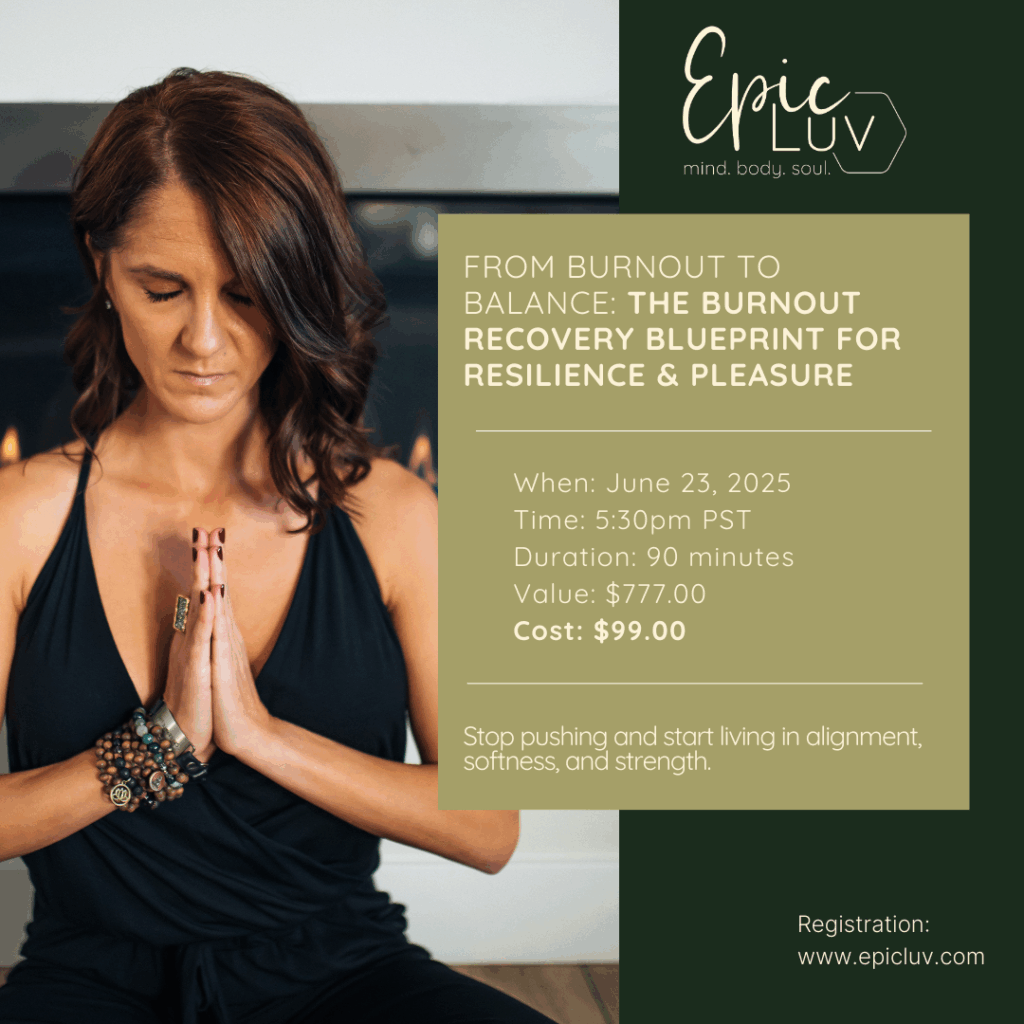
In my last blog, we explored how cognitive distortions and mental health struggles are not just “in your head”—they’re deeply linked to the nervous system’s response to early life experiences. When your body perceives threat, whether real or emotional, it doesn’t wait for logic. It moves into protection. And this protective instinct often hardwires itself in childhood, especially in our family of origin.
There are four primary trauma responses — Fight, Flight, Freeze, and Fawn. These aren’t conscious choices. They’re deeply embodied responses to unsafe or unpredictable environments, especially during the years when our brains and nervous systems are still developing.
Let’s break down each one
- Where it comes from
- Why it shows up
- How it impacts adult mental health
- And how to start recognizing it in yourself.

🤺 FIGHT: The Protector
Childhood roots:
When a child grows up in a home that feels unsafe, loud, or full of control and chaos, they may learn that fighting back gives them some form of power or protection.
Examples of how it starts:
- A parent yells or hits, so the child learns to get loud or hit back.
- No one defends the child, so they learn to defend themselves.
- They have to protect younger siblings.
- Their anger gets attention or respect.
- They learn to be strong to survive pain.
How it shows up now:
- Quick to anger or irritability.
- Feeling like you always need to be in control.
- Reacting to small things with big energy.
- Pushing people away when you feel threatened.
- Struggling with authority or rules.
Somatic practices to soften fight:
- Push against a wall to release tension.
- Hand on heart and belly to self-soothe.
- Vocal growl and sigh to move energy out.
🏃♀️ FLIGHT: The Escaper
Childhood roots:
Flight forms when a child feels overwhelmed and the only option is to run—physically or mentally. It’s common in homes with high stress or emotional neglect.
Examples of how it starts:
- Chaos at home with no safety.
- Caregivers unavailable emotionally.
- Escaping into school, books, or hobbies.
- Punished for expressing feelings.
- Never knowing what to expect.
How it shows up now:
- Always busy, overworking.
- Anxiety, racing thoughts.
- Can’t sit still or rest.
- Avoiding emotional closeness.
- Exhaustion from overdoing.
Somatic practices to calm flight:
- Orienting practice: Name what you see, hear, feel.
- Leg tapping with slow breath.
- Weighted grounding: heavy object on chest or belly.
❄️ FREEZE: The Disconnected
Childhood roots:
Freeze happens when a child feels completely helpless or invisible. When there’s no escape and no help, the body shuts down.
Examples of how it starts:
- Witnessing scary events without support.
- Being ignored or emotionally dismissed.
- Parents unpredictable or emotionally unsafe.
- Emotions are punished or shamed.
- A parent is addicted, sick, or unstable.
How it shows up now:
- Feeling stuck or unmotivated.
- Numbness or disconnection.
- Procrastination or “shutting down.”
- Hard to make decisions or take action.
- Depression or dissociation.
Somatic practices to thaw freeze:
- Tiny movements: wiggle fingers, rotate wrists.
- Buzzing lips or soft hum.
- Gentle rocking on hands and knees.
📩 FAWN: The Pleaser
Childhood roots:
Fawn forms when a child learns that being nice, helpful, or quiet keeps them safe. It often happens when love is conditional or emotional caretaking is expected.
Examples of how it starts:
- Parent only approves when child is “good.”
- Child must keep the peace in family conflict.
- Needs are ignored, so child stops asking.
- Parent relies on child emotionally.
- Praise only comes through pleasing.
How it shows up now:
- People-pleasing and over-apologizing.
- Fear of saying “no.”
- Difficulty knowing your own needs.
- Burnout from over-giving.
- Self-worth tied to others’ approval.
Somatic practices to break the fawn pattern:
- “No” practice: say it with your body.
- Mirror gaze with self-affirmation.
- Golden bubble boundary visualization.
Final Thoughts: These Are Not Who You Are

Fight, flight, freeze, and fawn are not who you are. They are what you learned to survive. These nervous system patterns are stored in your body, but they can be softened, re-patterned, and healed.
You don’t have to keep living from a survival state.
You can learn to:
- Feel safe in your body.
- Set boundaries with grace.
- Rest without guilt.
- Respond from presence, not protection.
This is the work of nervous system healing.
Join the upcoming masterclass:
From Burnout to Balance: The Burnout Recovery Blueprint for Resilience & Pleasure.
When: June 23rd
Time: 5:30 p.m. PST
Cost: $99 (Saving $678)
Link to Join: Click here to register
This is where we do the real work of getting out of survival and back into your power.


Leave a Reply